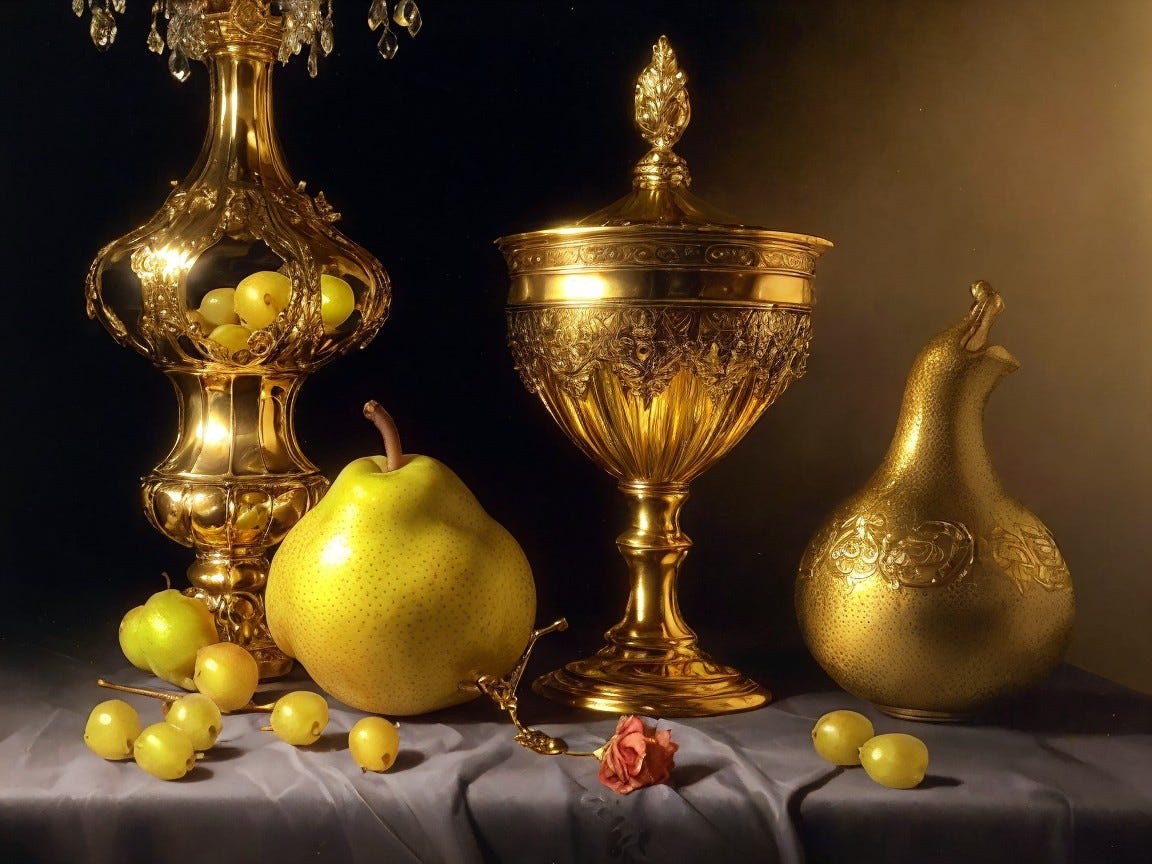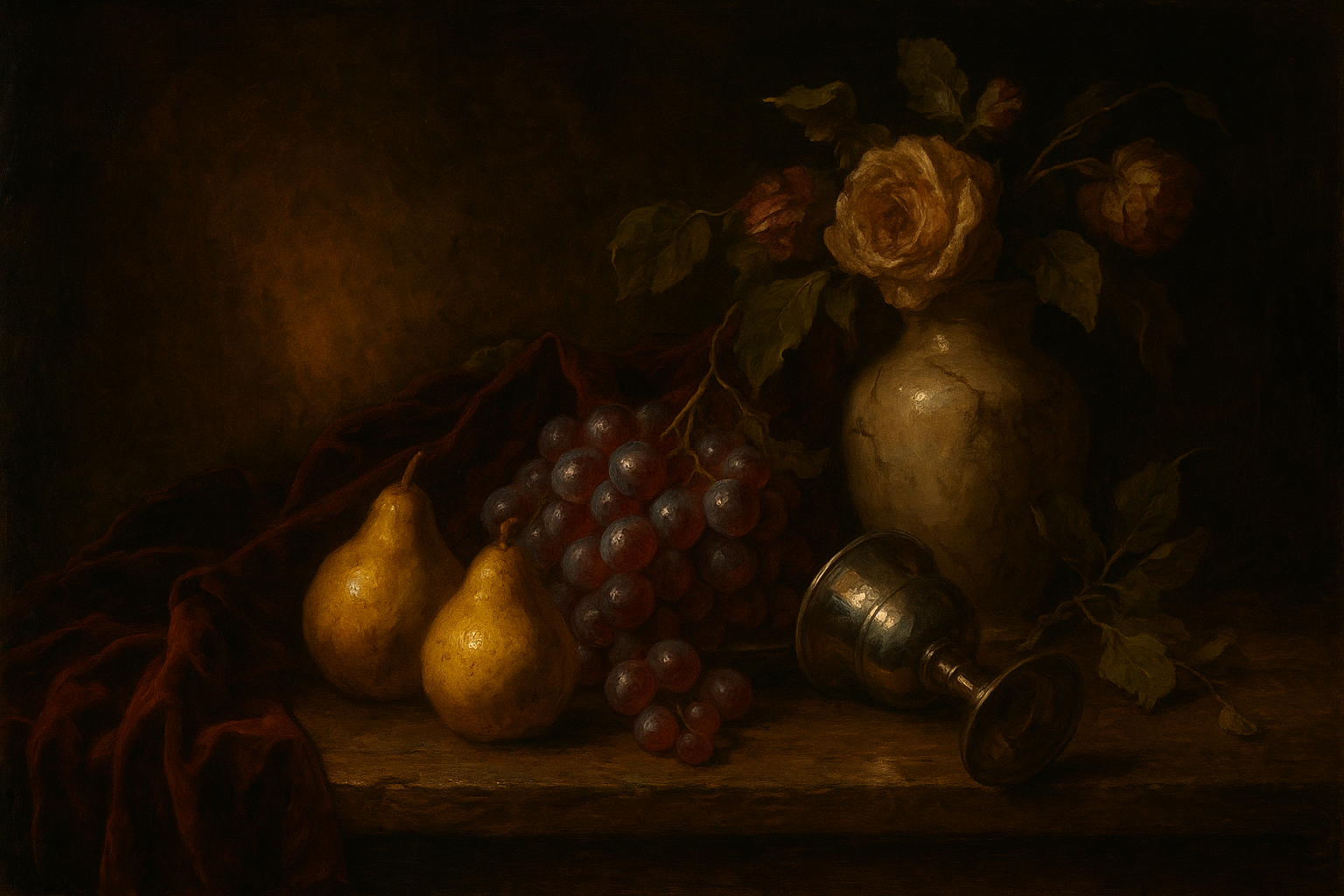
Before there were likes, follows, or blue checkmarks, there were handprints on cave walls, flutes made from bones, and statues with more curves than a mountain road. Welcome to the Paleolithic party, where survival was the full-time job and creativity was the side hustle that accidentally birthed civilization.
Let’s meet the trailblazing creators who worked with sticks, stones, and zero social media strategy.
1. The Chauvet Cave Artists (circa 32,000 BCE)
What they’re known for: Painting majestic animals — horses, lions, rhinos — with surprising accuracy and artistic flair on cave walls in southern France.
Impact on society: These murals suggest complex thinking, symbolic behavior, and a spiritual life that predates organized religion. Also, they made “fan art” for megafauna before it was cool.
Awards: None. They were prehistoric. But in modern circles, their work is considered the Mona Lisa of the Stone Age.
Fame: Not exactly influencers in their time, but they’ve since gone viral in the archaeology world.
Collaborations: Very likely. The variety of styles suggests a Paleolithic art collective. Someone brought the charcoal, someone brought the vision.
Famous art: The “Panel of Lions” in Chauvet Cave. It’s got motion blur before Photoshop existed.
Interesting tidbit: These artists used the natural contours of the cave to add dimension to their animals. Take that, Renaissance!
Reference: https://archeologie.culture.gouv.fr/chauvet/en

2. Venus Figurine Carvers (circa 28,000–20,000 BCE)
What they’re known for: Small, voluptuous female statues like the Venus of Willendorf. No heads, no feet, all curves.
Impact on society: Theories range from fertility idols to goddesses to Paleolithic body positivity icons. Either way, these figures were valued enough to be carried across continents.
Awards: Nominated for “Most Likely to Be Misunderstood by Future Anthropologists.”
Fame: Rediscovered in the 20th century and now held in major museums. So technically, posthumous fame. Extremely posthumous.
Collaborations: Possibly a transcontinental trend. Versions have been found from France to Siberia.
Famous art: The Venus of Willendorf, on display at the Naturhistorisches Museum in Vienna.
Inventions? Nope — but the aesthetic sure was influential.
Reference: https://www.britishmuseum.org/collection/object/H_1926-1010-1
3. The First Toolmakers (circa 2.6 million BCE onward)
What they’re known for: Inventing sharp rocks. Specifically, the Oldowan and Acheulean tools that let you chop meat, scrape hides, and look cool doing it.
Impact on society: Enabled hunting, cooking, and clothing — basically everything necessary to survive long enough to paint a bison on a wall.
Awards: Invented the tool belt. Spiritually, if not literally.
Fame: Archaeologists love them. Your average Homo habilis probably had a cult following around their hammerstone technique.
Collaborations: Knowledge of tool-making was likely passed on, taught, refined — early mentorship programs, minus the corporate jargon.
Inventions: The hand axe, still considered one of the most important tools in human history.
Reference: https://humanorigins.si.edu/evidence/behavior/stone-tools

4. The Firemasters (from at least 1 million BCE)
What they’re known for: Harnessing fire. That’s right — roasting marshmallows before marshmallows.
Impact on society: Fire led to cooking (better nutrition), warmth (migration to colder climates), and social bonding (gossip around the flames). Also gave rise to storytelling and eventually barbecue.
Awards: Technically every human alive today owes them one.
Fame: If your campfire game is strong, thank these anonymous legends.
Collaborations: Fire probably spread tribe to tribe like the original viral content — “Hey, check out what Thog can do with two rocks!”
Inventions: Controlled burns, charcoal, and ambiance.
Interesting tidbit: Wonderwerk Cave in South Africa shows signs of fire use from nearly 1 million years ago.
Reference: https://humanorigins.si.edu/evidence/behavior/fire
5. The Engineers of Göbekli Tepe (circa 9600 BCE)
What they’re known for: Building the world’s oldest known temple in modern-day Turkey. Think: massive stone T-pillars with animals carved into them. No wheels. No metal. Just ambition.
Impact on society: Flipped the script on civilization. Instead of farming leading to temples, temples may have inspired farming.
Awards: The originators of “go big or go home” architecture.
Fame: Only discovered in the 1990s, and it’s still blowing archaeologists’ minds.
Collaborations: Oh yes. You don’t move 20-ton stones without a crew and probably some serious chanting.
Famous art: Intricately carved reliefs of animals — lions, vultures, snakes — on megalithic pillars.
Inventions: Possibly beer. Yes, you read that right. Fermentation residues suggest ancient parties.
Reference: https://www.smithsonianmag.com/history/gobekli-tepe-the-worlds-first-temple-83613665/

If you’re just joining us mid-series, catch up on the first episode right here: https://medium.com/@DaveLumAI/the-creators-series-a-lightning-tour-of-historys-greatest-geniuses-317d81bc5532 or https://blog.lumaiere.com/the-creators-series-a-lightning-tour-of-historys-greatest-geniuses/
Follow for more ancient brilliance — and don’t forget to drop a comment. If you’ve ever sketched on a wall or tried lighting a campfire with two sticks, you’re basically continuing the tradition.
Art Prompt: A baroque still life rich with chiaroscuro lighting, featuring a lavishly arranged banquet scene. Golden pears and velvet-draped grapes spill across a darkened wooden table, their skins catching candlelight in glistening detail. In the shadows, a silver goblet reflects the scene in warped elegance, while a cracked porcelain vase leans precariously among faded roses and curled leaves. The entire composition whispers of decadence and mortality in sumptuous, dramatic tones.
Video Prompt: A cinematic pan across a moody banquet table draped in velvet, each frame highlighting candlelit fruits, gleaming silverware, and soft-fading flowers. Subtle motion in flickering candlelight and shifting shadows creates an atmosphere of tension and beauty. The camera glides slowly, as if revealing a forgotten painting coming to life. Perfect for dramatic, elegant visual storytelling with a hint of mystery.

Suggested songs:
- “Arrival of the Birds” by The Cinematic Orchestra
- “Experience” by Ludovico Einaudi